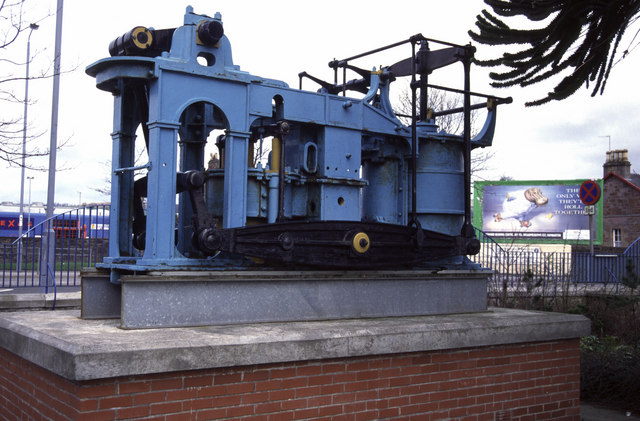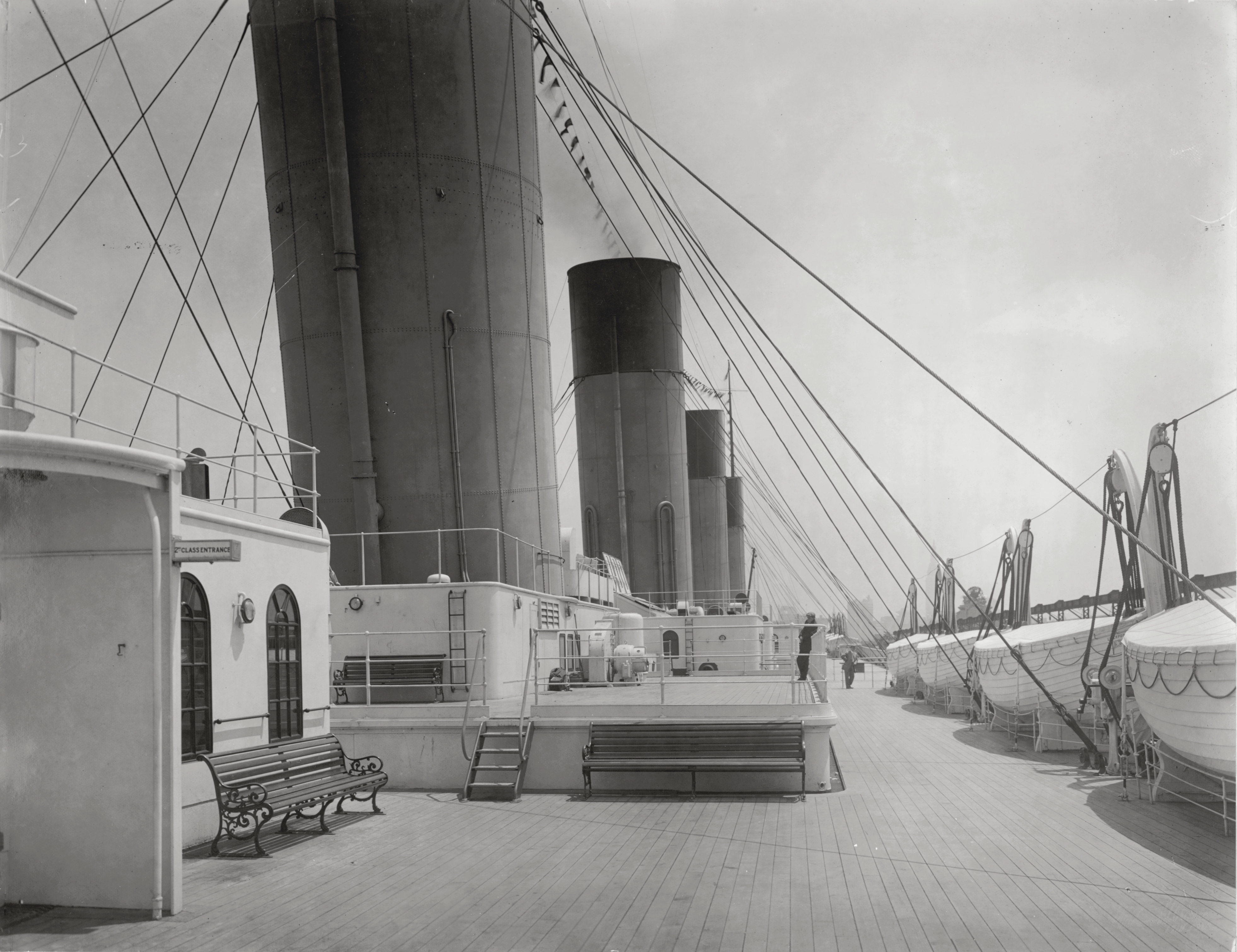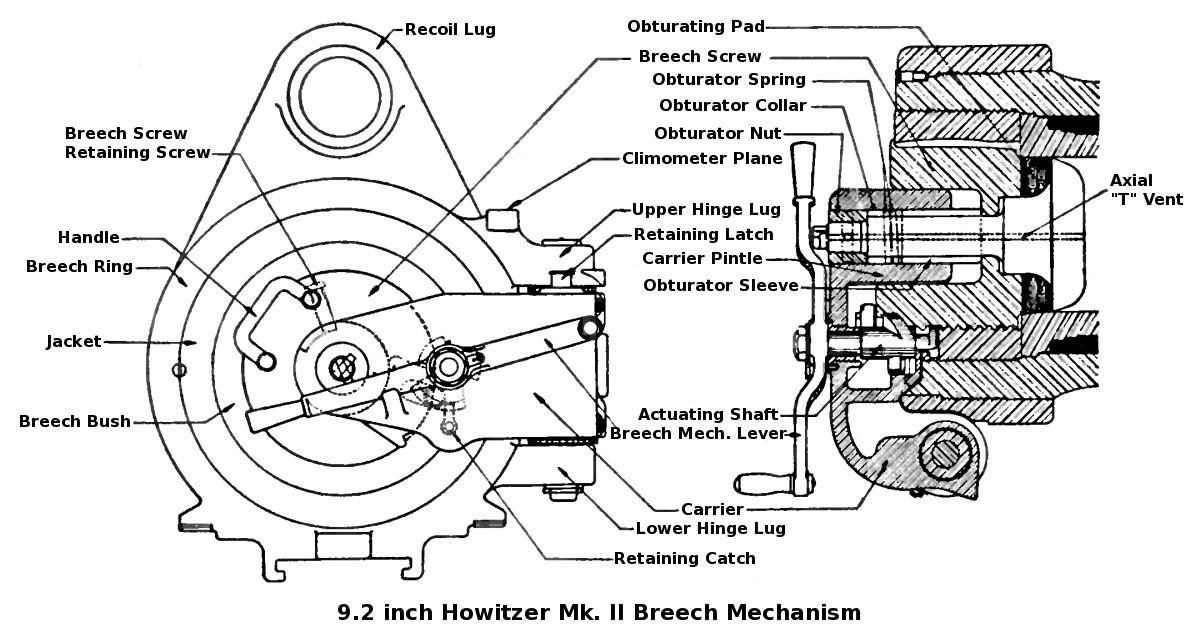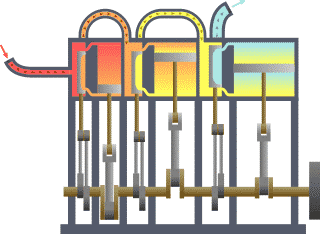|
HMS Galatea (1887)
HMS ''Galatea'' was one of seven armoured cruisers built for the Royal Navy in the mid-1880s. She was sold for scrap on 5 April 1905. Design and description ''Galatea'' had a length between perpendiculars of , a beam of and a draught of . Designed to displace , all of the ''Orlando''-class ships proved to be overweight and displaced approximately . The ship was powered by a pair of three-cylinder triple-expansion steam engines, each driving one shaft, which were designed to produce a total of and a maximum speed of using steam provided by four boilers with forced draught. The ship carried a maximum of of coal which was designed to give her a range of at a speed of . The ship's complement was 484 officers and ratings.Chesneau & Kolesnik, p. 65 ''Galatea''s main armament consisted of two breech-loading (BL) Mk V guns, one gun fore and aft of the superstructure on pivot mounts. Her secondary armament was ten BL guns, five on each broadside. Protection against to ... [...More Info...] [...Related Items...] OR: [Wikipedia] [Google] [Baidu] |
Robert Napier And Sons
Messrs Robert Napier and Sons was a famous firm of Clyde shipbuilders and marine engineers at Govan, Glasgow founded by Robert Napier in 1826. It was moved to Govan for more space in 1841. His sons James and John were taken into partnership in 1853. The whole Clyde, every engineer and shipbuilder in it, was considered to have benefitted from the firm's achievements and celebrity. By the 1840s it was universally recognised as the finest in Britain. Many firms were founded by former employees.ed. W H Fraser and I Maver. ''Glasgow: 1830 to 1912'' Manchester University Press 1996 After Robert Napier's death in 1876 the plant and goodwill were sold by auction in March 1877 and purchased by a group of engineers led by the previous manager, A C Kirk. It continued to build ships and engines until 1900 when it was incorporated in William Beardmore and Company. Beginnings In 1800 Glasgow had no shipbuilding firms. Aged 23, Robert Napier set himself up in his own smith businessdefine in ... [...More Info...] [...Related Items...] OR: [Wikipedia] [Google] [Baidu] |
Length Between Perpendiculars
Length between perpendiculars (often abbreviated as p/p, p.p., pp, LPP, LBP or Length BPP) is the length of a ship along the summer load line from the forward surface of the stem, or main bow perpendicular member, to the after surface of the sternpost A sternpost is the upright structural member or post at the stern of a (generally wooden) ship or a boat, to which are attached the transoms and the rearmost left corner part of the stern. The sternpost may either be completely vertical or m ..., or main stern perpendicular member. When there is no sternpost, the centerline axis of the rudder stock is used as the aft end of the length between perpendiculars. Measuring to the stern post or rudder stock was believed to give a reasonable idea of the ship's carrying capacity, as it excluded the small, often unusable volume contained in her overhanging ends. On some types of vessels this is, for all practical purposes, a waterline measurement. In a ship with raked stems, natural ... [...More Info...] [...Related Items...] OR: [Wikipedia] [Google] [Baidu] |
Bulkhead (partition)
A bulkhead is an upright wall within the hull of a ship or within the fuselage of an airplane. Other kinds of partition elements within a ship are decks and deckheads. Etymology The word ''bulki'' meant "cargo" in Old Norse. During the 15th century sailors and builders in Europe realized that walls within a vessel would prevent cargo from shifting during passage. In shipbuilding, any vertical panel was called a head. So walls installed abeam (side-to-side) in a vessel's hull were called "bulkheads". Now, the term bulkhead applies to every vertical panel aboard a ship, except for the hull itself. History Bulkhead partitions are considered to have been a feature of Chinese junks, a type of ship. Song Dynasty author Zhu Yu (fl. 12th century) wrote in his book of 1119 that the hulls of Chinese ships had a bulkhead build. The 5th-century book ''Garden of Strange Things'' by Liu Jingshu mentioned that a ship could allow water to enter the bottom without sinking. Archaeolo ... [...More Info...] [...Related Items...] OR: [Wikipedia] [Google] [Baidu] |
Compound Armour
Compound armour was a type of armour used on warships in the 1880s, developed in response to the emergence of armor-piercing shells and the continual need for reliable protection with the increasing size in naval ordnance. Compound armour was a non-alloyed attempt to combine the benefits of two different metals—the hardness of steel with the toughness of iron—that would stand up to intense and repeated punishment in battle. By the end of the decade it had been rendered obsolete by nickel-steel armour. However, the general principle of compound iron was used for case-hardened armour, which replaced nickel-steel in the mid-1890s and is still used today. Prior armours Prior to the 1880s, all naval armour plating was made from uniform homogeneous wrought iron plates on top of several inches of teak to absorb the shock of projectile impact. A typical installation consisted of several inches of equal measures of iron and wood (typically teak), with a combined thickness of u ... [...More Info...] [...Related Items...] OR: [Wikipedia] [Google] [Baidu] |
Waterline
The waterline is the line where the hull of a ship meets the surface of the water. Specifically, it is also the name of a special marking, also known as an international load line, Plimsoll line and water line (positioned amidships), that indicates the draft of the ship and the legal limit to which a ship may be loaded for specific water types and temperatures in order to safely maintain buoyancy, particularly with regard to the hazard of waves that may arise. Varying water temperatures will affect a ship's draft, because warm water is less dense than cold water, providing less buoyancy. In the same way, fresh water is less dense than salinated or seawater with a similar lessening effect upon buoyancy. For vessels with displacement hulls, the hull speed is defined by, among other things, the waterline length. In a sailing boat, the waterline length can change significantly as the boat heels, and can dynamically affect the speed of the boat. A waterline can also refer to ... [...More Info...] [...Related Items...] OR: [Wikipedia] [Google] [Baidu] |
Deck (ship)
A deck is a permanent covering over a Compartment (ship), compartment or a hull (watercraft), hull of a ship. On a boat or ship, the primary or upper deck is the horizontal structure that forms the "roof" of the hull, strengthening it and serving as the primary working surface. Vessels often have more than one level both within the hull and in the superstructure above the primary deck, similar to the floors of a multi-storey building, that are also referred to as decks, as are certain compartments and decks built over specific areas of the superstructure. Decks for some purposes have specific names. Structure The main purpose of the upper or primary deck is structural, and only secondarily to provide weather-tightness and support people and equipment. The deck serves as the lid to the complex box girder which can be identified as the hull. It resists Tension (physics), tension, Compression (physics), compression, and racking forces. The deck's scantling is usually the same as t ... [...More Info...] [...Related Items...] OR: [Wikipedia] [Google] [Baidu] |
Quick-firing Gun
A quick-firing or rapid-firing gun is an artillery piece, typically a gun or howitzer, which has several characteristics which taken together mean the weapon can fire at a fast rate. Quick-firing was introduced worldwide in the 1880s and 1890s and had a marked impact on war both on land and at sea. Characteristics The characteristics of a quick-firing artillery piece are: *A breech-loading weapon with a breech mechanism that allows rapid reloading *Single-part cased ammunition, i.e. a cartridge containing both shell and propellant * Recoil buffers to limit recoil, so the barrel can quickly return to the same position after firing *The use of smokeless powder – nitrocellulose, nitroglycerine, or cordite – which create far less smoke than gunpowder, meaning that gun crews could still see their target These innovations, taken together, meant that the quick-firer could fire aimed shells much more rapidly than an older weapon. For instance, an Elswick Ordnance Company 4. ... [...More Info...] [...Related Items...] OR: [Wikipedia] [Google] [Baidu] |
Broadside (naval)
A broadside is the side of a ship, or more specifically the battery of cannon A cannon is a large-caliber gun classified as a type of artillery, which usually launches a projectile using explosive chemical propellant. Gunpowder ("black powder") was the primary propellant before the invention of smokeless powder duri ... on one side of a warship or their coordinated fire in naval warfare, or a measurement of a warship's maximum simultaneous firepower which can be delivered upon a single target (because this concentration is usually obtained by firing a broadside). From the 16th century until the early decades of the steamship, vessels had rows of guns set in each side of the hull (watercraft), hull. Firing all guns on one side of the ship became known as a "broadside". The cannon of 18th-century man-of-war, men of war were accurate only at short range, and their penetrating power mediocre, which meant that the thick hulls of wooden ships could only be pierced at short ra ... [...More Info...] [...Related Items...] OR: [Wikipedia] [Google] [Baidu] |
Pivot Gun
A pivot gun was a type of cannon mounted on a fixed central emplacement which permitted it to be moved through a wide horizontal arc. They were a common weapon aboard ships and in land fortifications for several centuries but became obsolete after the invention of gun turrets. History By mounting a cannon on a pivot, a much wider arc of fire could be obtained than was possible with conventional carriage-mounted cannons. Unlike the latter, however, pivot guns were fixed in one place and could not easily be moved outside of their horizontal arc; they could thus only really be used in fixed positions such as in a fort or on a battleship. There was no standard size of pivot gun, though they tended to be fairly substantial weapons. Like other cannons, they were usually muzzleloaders and could fire either shells or grapeshot (or other types of shot). Their calibers ranged from a few inches to the giant 11-inch Dahlgren guns used by the United States Navy in the mid-19th century. ... [...More Info...] [...Related Items...] OR: [Wikipedia] [Google] [Baidu] |
List Of British Ordnance Terms
This article explains terms used for the British Armed Forces' ordnance (i.e.: weapons) and also ammunition. The terms may have slightly different meanings in the military of other countries. BD Between decks: applies to a naval gun mounting in which part of the rotating mass is below the deck, and part of it is above the deck. This allows for a lower profile of turret, meaning that turrets need not be superfiring (i.e. they can be mounted on the same deck and not obstruct each other at high angles of elevation.) BL The term BL, in its general sense, stood for breech loading, and contrasted with muzzle loading. The shell was loaded via the breech (i.e. the gunner's end of the barrel, which opened) followed by the propellant charge, and the breech mechanism was closed to seal the chamber. Breech loading, in its formal British ordnance sense, served to identify the gun as the type of rifled breechloading gun for which the powder charge was loaded in a silk or cloth bag and the b ... [...More Info...] [...Related Items...] OR: [Wikipedia] [Google] [Baidu] |
Forced Draught
The difference between atmospheric pressure and the pressure existing in the furnace or flue gas passage of a boiler A boiler is a closed vessel in which fluid (generally water) is heated. The fluid does not necessarily boil. The heated or vaporized fluid exits the boiler for use in various processes or heating applications, including water heating, centr ... is termed as draft. Draft can also be referred to as the difference in pressure in the combustion chamber area which results in the motion of the flue gases and the air flow. Types of draft Drafts are produced by the rising combustion gases in the stack, flue, or by mechanical means. For example, a boiler can be put into four categories: natural, induced, balanced, and forced. *Natural draft: When air or flue gases flow due to the difference in density of the hot flue gases and cooler ambient gases. The difference in density creates a pressure differential that moves the hotter flue gases into the cooler surroundings. * ... [...More Info...] [...Related Items...] OR: [Wikipedia] [Google] [Baidu] |
Triple-expansion Steam Engine
A compound steam engine unit is a type of steam engine where steam is expanded in two or more stages. A typical arrangement for a compound engine is that the steam is first expanded in a high-pressure ''(HP)'' cylinder, then having given up heat and losing pressure, it exhausts directly into one or more larger-volume low-pressure ''(LP)'' cylinders. Multiple-expansion engines employ additional cylinders, of progressively lower pressure, to extract further energy from the steam. Invented in 1781, this technique was first employed on a Cornish beam engine in 1804. Around 1850, compound engines were first introduced into Lancashire textile mills. Compound systems There are many compound systems and configurations, but there are two basic types, according to how HP and LP piston strokes are phased and hence whether the HP exhaust is able to pass directly from HP to LP ( Woolf compounds) or whether pressure fluctuation necessitates an intermediate "buffer" space in the form of a s ... [...More Info...] [...Related Items...] OR: [Wikipedia] [Google] [Baidu] |

_(cropped).jpg)




.jpg)

